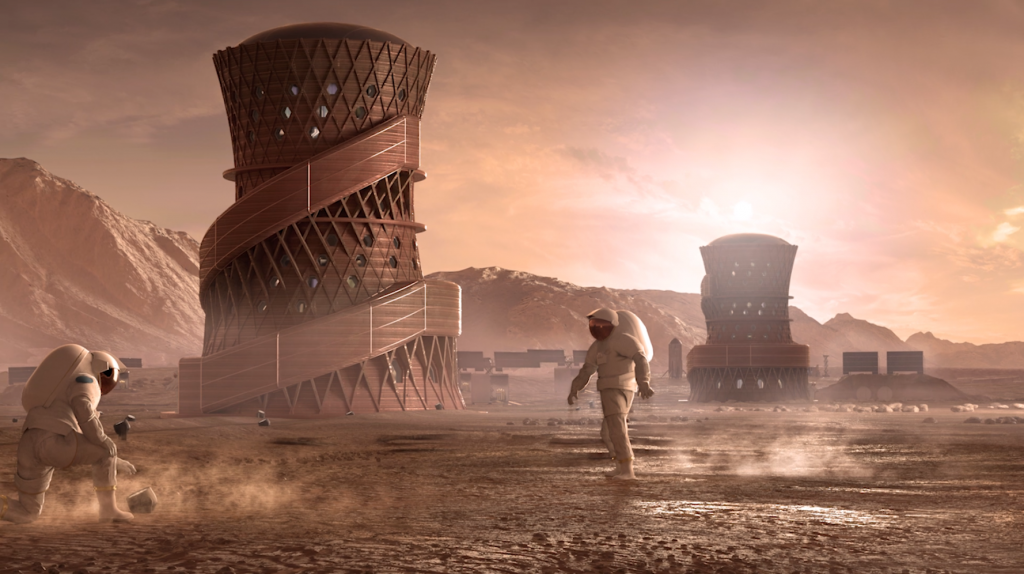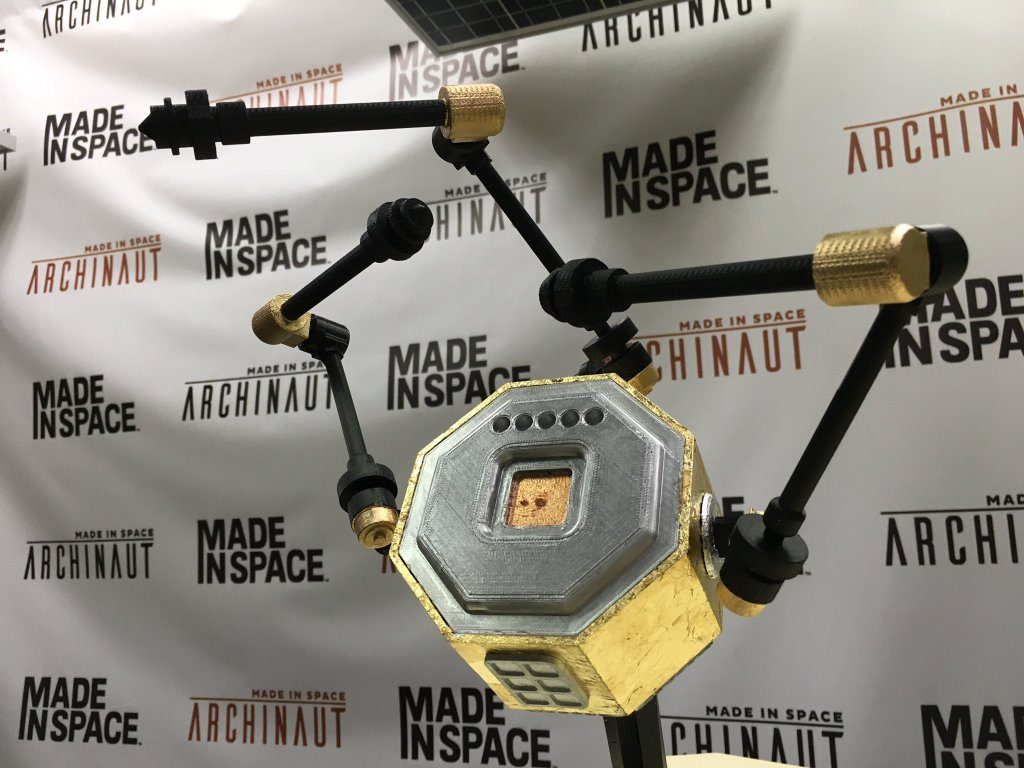American space agency NASA has just secured funding for approximately 18 early-stage 3D printing projects developing technologies to help on its next mission to the Moon. As part of the agency’s 2019 Small Business Innovation Research (SBIR) and Small Business Technology Transfer (STTR) seed programs, the projects are among 363 proposals that have collectively received over $43 million from NASA for Phase I development. Averaging at approximately $123.9 thousand per project, the 3D printing projects’ worth equates to a maximum of $2.2 million of the total fund.
The Need-to-Know of SBIR and STTR
NASA’s SBIR and STTR programs are designed to support the small and innovative businesses that employ approximately 55% of all jobs in the U.S. Through such initiatives, the agency aims to also remain at the cutting edge of new technologies, giving it the pick of the bunch when it comes to new solutions. Regarding the latest program Jim Reuter, associate administrator for NASA’s Space Technology Mission Directorate (STMD), commented, “We are excited about the entrepreneurial, innovative ideas that these small businesses are bringing to the table.”
Both of these funding programs run by the agency have three phases, each relative to a different end result, and the grant of a new, higher, cash injection.
In Phase I appointees must provide a sound basis for their idea through its development, demonstration and delivery. For SBIR This part of the contract lasts for 6 months, and for STTR the period is 13 months.
In Phase II, the awardees must continue to develop their concepts to a level almost ready for commercialization. Projects selected for this phase are awarded $250 thousand in funding and have 24 months period for completion.
In the final Phase III, businesses are tasked with the commercial realization of their product. This phase receives funding from sources other than the SBIR and STTR funds and is automatically entered into upon successful completed of Phase II. In addition, the agency states “Phase III work may be for products, production, services, R/R&D, or any combination thereof that is derived from, extends, or concludes efforts performed under prior SBIR/STTR funding agreements. A Federal agency may enter into a Phase III agreement at any time with a Phase I or Phase II awardee.” In addition, “There is no limit on the number, duration, type, or dollar value of Phase III awards made to a business concern.”
“This time, when we go to the Moon, we will stay.”
Incentivised by President Donald Trump, one of NASAs current mission objectives is to return astronauts to the surface of the Moon by 2024. Known as the Moon to Mars approach, the goal this time, 65 years after the initial Apollo mission, is to create a habitat capable of sustaining life on the Moon, from which astronauts will be able to continue for deeper exploration. “This time, when we go to the Moon, we will stay,” explains NASA Administrator Jim Bridenstine, “And then we will use what we learn on the Moon to take the next giant leap – sending astronauts to Mars.”
In recent years, a great deal of research in the space exploration field has been concerned with how to keep astronauts in space for longer, and even create a habitable environment on places like the Moon and Mars. 3D printing experiments in Lunar and Martian regolith have demonstrated the rudimentary potential to build habitats. NASA’s own 3D Printed Habitat Challenge has also been seeking ideas to help build shelter.

Other projects have focused on how to make better use of waste generated by habitable satellites like the ISS. Meanwhile, SpaceX is one of a collection of private aerospace companies focusing in part on transportation infrastructure for Mars.
Many of the projects granted funding under SBIR and STTR programs are tasked with providing solutions that will help NASA on its Moon to Mars objective, fulfilling one of 22 focus area including In-Space Propulsion Technologies, Power and Energy Storage, In-Situ Resource Utilization, In-Space and Advanced Manufacturing and Materials, Materials Research, Structures and Assembly.
Reuter adds, “The technologies show great promise in helping NASA achieve its objectives across all mission areas, including our efforts to send American astronauts to the Moon, and then on to Mars, while also providing a long-term boost to the American economy.”
The future of Moon landings at NASA
As the first company to place a 3D printer on the ISS, Made In Space (MIS) is a well known name in low-gravity fabrication. Since the launch of its Additive Manufacturing Facility (AMF), the company has gone on to other, varied and larger-scale fabrication projects including the satellite-building Archinaut. As an awardee of the 2019 Phase I SBIR & STTR round, the organization will be conducting another project for NASA, this time the development of a Mobile End-effector Laser Device (MELD) capable of autonomous joining and repair.
Florida based Zero G Horizons, will be undertaking a project that it hopes will help it become a leader in space propellant storage and transfer. Collaborating with Embry-Riddle Aeronautical University, Florida, the company aims to test its Spacecraft On-Orbit Advanced Refueling and Storage (SOARS) system in a sub-orbital flight with Virgin Galatic. Looking toward Phase III, is then hopes to partner with MIS and use the Archinaut system to direct fabricate and test a prototype SOARS system in LEO.

In an application made by Jesse Blacker, the company’s Director of New Product & Business Development, ExOne is proposing to apply its binder jetting technology to build silicon cardide heat exchangers for NASA. These components will support the agency’s Electrified Aircraft Propulsion (EAP) initiatives, which will influence ranging air taxi to subsonic transports development.
LM Group Holdings, operating in California as Liquid Metal Coatings, has proposed a collaboration with melt-free metal 3D printing provider Fabrisonic. Together these two partners will investigate the ultrasonic additive manufacturing of amorphous metal alloy laminate composites and cladding of metallic surfaces.
Meanwhile Extreme Diagnostics, Inc., a spinout of the University of Michigan will be undertaking something its is calling project MARIO. MARIO stands for Measurement of Actuator Response In Orbit, that will feature the launch of a nanosatellite. 3D printing is planned to be applied in Phase II of the project (if granted) helping the team to explores multi-dimensional actuators for their device.
Source: 3dprintingindustry


